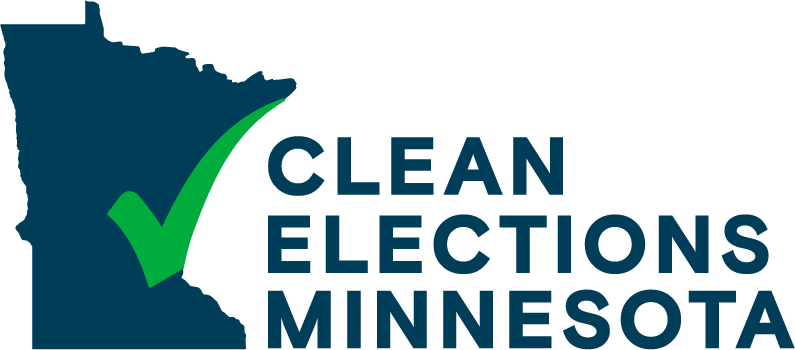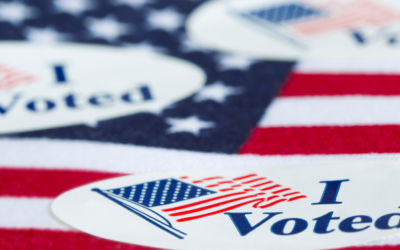A review of the state’s procedures, including what’s new this year.
By Ken Peterson
There’s no doubt, because of both new and old state laws, that in this November’s election Minnesotans will be closer than ever to living Ronald Reagan’s axiom that “the right to vote is the crown jewel of American liberties.”
For decades, Minnesota has been at or near the top of voter turnout among the states. This election, qualified voters will likely find voting easier than before, and those who illegally try to vote will find more obstacles.
The same basic rules apply as in previous elections as to who can vote — those who are U.S. citizens, will be at least 18 on Election Day, have lived in Minnesota at least 20 days and are not subject to a court order forbidding voting.
The first step to voting — registration — has been made easier this year. First, 16- and 17-year-olds are allowed to register in advance if they will be 18 by Election Day. Second, those qualified to vote are automatically registered when they obtain or renew their driver’s license. (Because nobody has to vote, you can choose not to register as well.) The state’s Public Safety Department checks for citizenship and disqualifies noncitizens from being registered, even if they have a driver’s license. Also, same-day registration is allowed as it has been for the last half-century. But remember, if you move you must re-register with your new address.
Actual voting is simpler for those who find it difficult or inconvenient to go to the polls on Election Day, Nov. 5. Early voting starts at at least one polling place in every county on Sept. 21. Locations for doing so are listed on the secretary of state’s website at tinyurl.com/mn-locations.
You can also vote by mail by requesting an absentee ballot. Online and paper applications can be requested from your county auditor or elections office or online at mnvotes.gov/register. At the same site you can sign up to receive an absentee ballot before every election.
As has been true in Minnesota for more than a decade, you don’t need to give a reason to vote early or by absentee ballot. Absentee voters are kept from voting twice by the Statewide Registration System, which tells election judges if a voter has already voted.
Minnesota has also followed North Dakota and 21 other states in allowing felons to vote after they’ve been released from custody, if properly registered.
Election Day balloting, when most Minnesotans vote, is very secure. Voters must provide their name and address, and if questioned, their date of birth. They then sign an oath that they are eligible and acknowledge giving false information is a felony, punishable by a prison sentence. Sensitive tasks, like assisting voters or counting ballots, must be conducted by two election judges of different political parties.
Finally, before they can leave their polling place for the night, in a process called reconciliation, election judges of multiple political parties must verify the number of ballots match the number of voters.
All Minnesota votes are on paper, including those made on voting machines. That way results can be easily checked, as was done in statewide recounts in 2008 and 2010 and in a number of local races since. As the voting machines are not connected to the internet, outsiders can’t manipulate them. There is no evidence to back claims of hacked or faulty voting machines.
All Minnesota voting equipment is tested and certified by labs accredited by the federal Election Assistance Commission and undergo more testing by the Secretary of State’s office. Also, local election officials test all equipment before Election Day. These tests are open to the public. Just contact your county auditor or election official to find out when and where the next scheduled test will be held.
Minnesota has never had much illegal voting. For example, in the last three general elections — 2018, 2020, and 2022 — a total of more than 8.4 million votes were cast. But according to state court records, there were only 45 convictions for either illegal voting or registration during that period. That’s 0.000562% of the total, substantially less than one’s chance of being struck by lightning.
Still, each illegal vote is one too many. Citizens should continue to report voting or registration irregularities to their local county attorney for prosecution. Also, this year individual citizens can directly challenge another registered voter’s eligibility without waiting for criminal prosecutors to do so. Finally, the Legislature has made it easier for county auditors to fire election officials for either poor performance or negligence.
We all gain when it’s easier for qualified people to vote. More votes cast gives elected officials and the public a better idea of what people want. How candidates and political parties fare from enhanced voting opportunities will vary. No doubt in some elections Republicans will benefit, in others DFLers will, and in still other years, independents or third parties will gain. Regardless, we should all hope that as many qualified Minnesotans as possible participate in our democracy by voting.
Ken Peterson, of St. Paul, is a member of Clean Elections Minnesota, a nonpartisan organization that educates and advocates expanded voter access, transparency and limiting the power of special interests.

